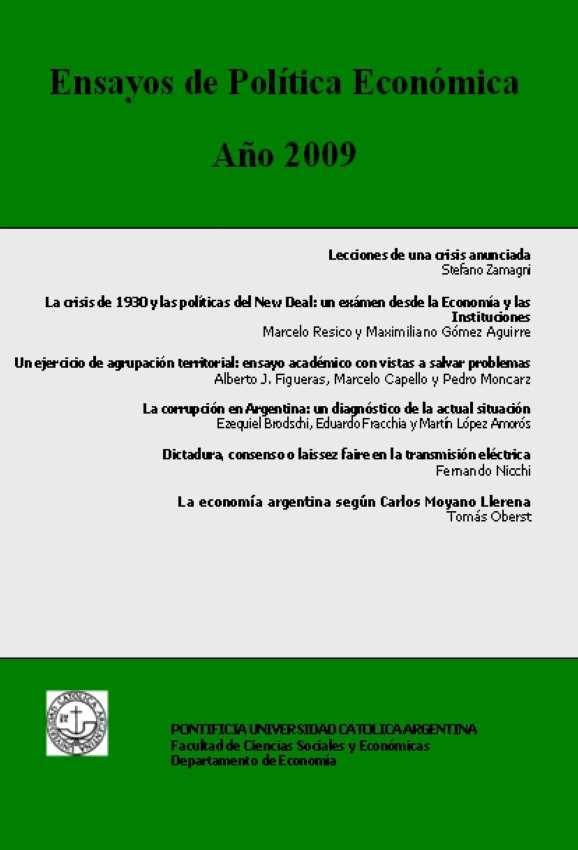Dictatorship, consensus or laissez faire in electric transmission
Keywords:
Expansion, transmission, electricity, transaction costs, auctions, design mechanismsAbstract
The problem with networks is that, when they are used collectively, they generate conflicts over
property rights and payment obligations. Therefore, there is controversy about the most efficient way for their provision, which extends from laissez faire to the dictatorship. However, you can stop in some sort of consensus, based on the design of mechanisms, appropriate to reveal their preferences to the agents. The process involves an exchange of rights to arrive at the final allocation. If through an auction, you force participants to make trading offers, transaction costs are reduced and the fluidity can only be better. And if we have a more fluid exchange, it is always possible to achieve a more efficient allocation of these property rights. To demonstrate the profits generated by this alternative, this paper presents a simplified model of mechanism in which we can analyze the allocative efficiency of the proposed rule.
Downloads
References
Buchanan, J. and Tullock, G. (1962). The calculus of consent, Michigan, University of Michigan Press.
Coase, R. (1937). “The nature of the firm”. Economica, 4.
Edgeworth, I. (1881). Mathematical Psychics.
Menger, C. (1871). Principios de Economía Política. Barcelona: Ediciones Folio.
Milgrom, P. (2004). Putting auction theory to work. Cambridge: Cambridge University Press.
North, D. (1990). Institutions, institutional change and economic performance, Cambridge, Cambridge University Press.
Vickrey, W. (1961). “Counterspeculation, Auctions and Competitive Sealed Tenders”, Journal of Finance, 16, 8-37.
Walras, L. (1874). Éléments d`Économie Politique Pure.
Downloads
Published
How to Cite
Issue
Section
License







 Ensayos de Política Económica
Ensayos de Política Económica